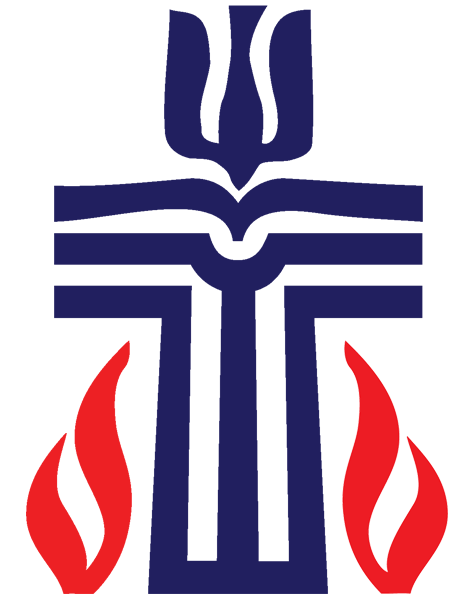… We tend to measure God’s ways according to our own ways, ways that include sudden anger, saying things we don’t think we can go back on, and staying mad. I mean, Olympian-level marathons of mad, that go on for years until we can’t even remember why we were mad in the first place.
That’s not God. God’s ways are not our ways. There’s a wideness in God’s mercy, like the wideness of the sea. God moves in some mysterious ways, and those ways always seem to be about our healing, our acceptance, and our welcome back into the fold that God never really kicked us out of in the first place.
Hand of God, from Art in the Christian Tradition, a project of the Vanderbilt Divinity Library, Nashville, TN. https://diglib.library.vanderbilt.edu/act-imagelink.pl?RC=56818 [retrieved May 29, 2021]. Original source: https://commons.wikimedia.org/wiki/File:Saint_Elizabeth_Ann_Seton_Parish_(Pickerington,_Ohio)_-_stained_glass,_The_Father.jpg.
That’s not God. God’s ways are not our ways. There’s a wideness in God’s mercy, like the wideness of the sea. God moves in some mysterious ways, and those ways always seem to be about our healing, our acceptance, and our welcome back into the fold that God never really kicked us out of in the first place.
Read more
